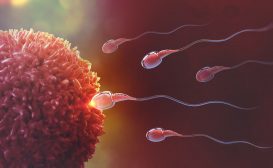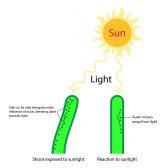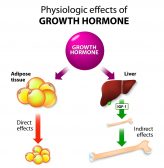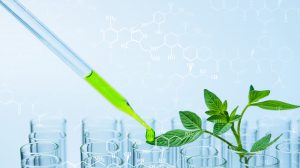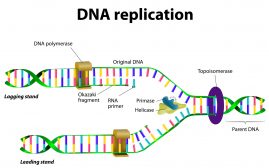Definition
noun
(cytogenetics) A chromosome banding method that employs Giemsa staining technique that produces bands complementary to G-bands
Supplement
Cytogeneticists use banding techniques to determine the characteristic pattern of light and dark bands on a chromosome under a microscope. They make use of diagrams referred to as chromosome ideograms to determine the relative sizes and the banding patterns of chromosomes. By applying specific stains, the banding patterns become apparent. The different types of banding are Giemsa (G-) banding, reverse (R-) banding, constitutive heterochromatin (C-) banding, quinacrine (Q-) banding, Nucleolar Organizer Region (NOR-) banding, and telomeric R (T-) banding.
Reverse banding is a banding technique first described by Dutrillaux and Lejeune. They observed that if chromosomes were treated with 0.02 M phosphate buffer (pH 6.5) at 87° for ten minutes, then stained with Giemsa, the banding pattern was the opposite of G-banding.1 In G-banding, the banding pattern is a series of light and dark bands on a chromosome. Regions in the chromosome that stain lightly tend to be euchromatic, rich with guanine and cytosine and more transcriptionally active whereas regions that stain darkly tend to be heterochromatic, rich with adenine and thymine and less transcriptionally active. In reverse banding, the dark regions of the chromosomes tend to be euchromatic and rich in guanine and cytosine whereas the light regions tend to be heterochromatic and rich in adenine and thymine. The banding pattern produced is the reverse of G-banding (thus, the name).
Together with G-banding, reverse banding technique is used on human karyotype in order to determine chromosomal deletions.
Also called:
- R-banding
- R banding
See also:
- banding pattern
- G-banding
- karyotype
- chromosome
- Giemsa
Reference(s):
1 Stein, G., Stein, J. & Kleinsmith, L. (1978). Methods in cell biology. London: Academic Press. p.60.

